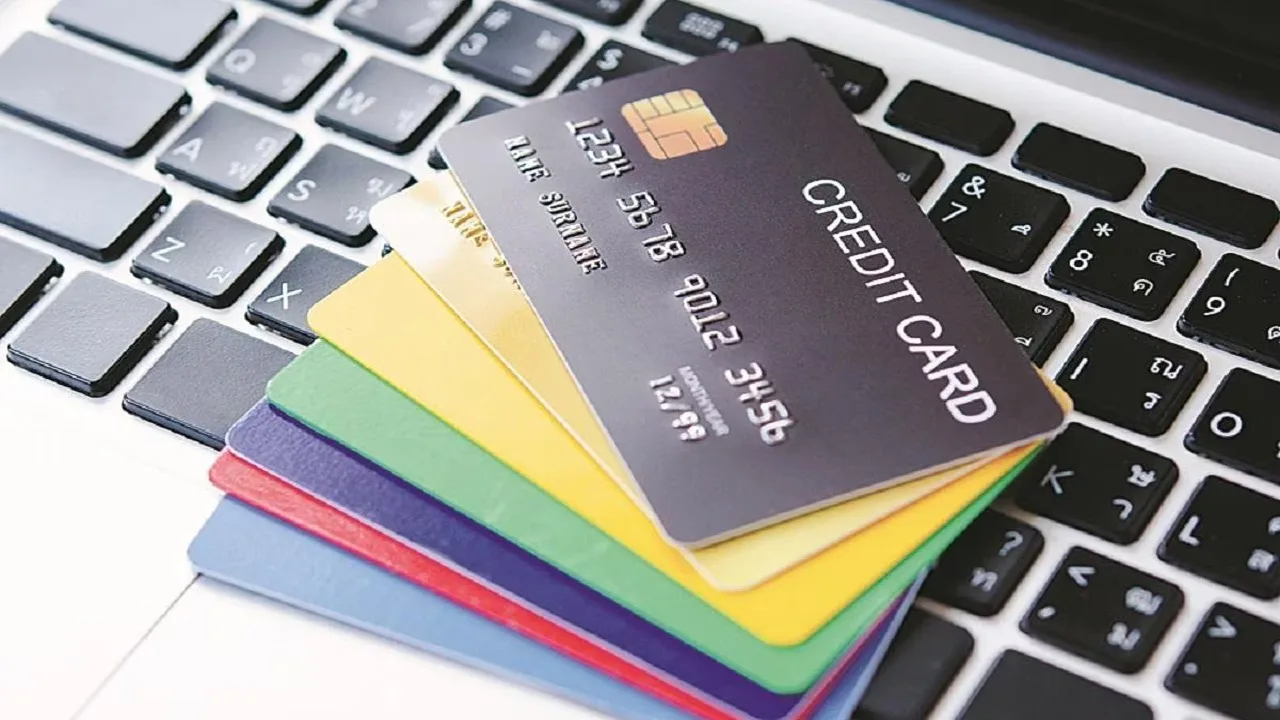Unveiling the Mystery: What’s Inside Your Credit Card?
Have you ever wondered what information your credit card holds beyond the sleek plastic and embossed numbers? This seemingly ordinary card packs a surprising punch, containing various elements that work together to facilitate secure and convenient transactions. Let’s delve deeper and explore the hidden world within your credit card.
1. The Essentials: Identifying Information
The most prominent elements on the front of your card are:
- Cardholder Name: This clearly identifies you as the authorized user of the card.
- Card Network Logo: This logo identifies the network your card belongs to, such as Visa, Mastercard, or RuPay.
- Card Number: This unique 16-digit number serves as the primary identifier for your card and is crucial for processing transactions.
- Expiration Date: This indicates the month and year your card becomes invalid and needs to be replaced.
- EMV Chip (optional): This embedded chip enhances security by storing encrypted data and enabling chip-and-PIN transactions.
On the back of your card, you’ll find:
- Magnetic Stripe: This older technology stores your card information and is used for swiping transactions, though its usage is gradually decreasing.
- Card Verification Value (CVV): This 3-digit code (usually located on the signature panel) provides an additional layer of security for online and phone transactions.
- Signature Panel: This area is for your signature, which serves as verification during certain transactions, though its usage is also decreasing.
2. Beyond the Surface: Additional Features
Modern credit cards often come with additional features embedded within them:
- Contactless Payment Technology: This allows you to make secure payments by simply tapping your card on a compatible reader.
- Rewards Programs: Many cards offer reward points or cashback on purchases, incentivizing card usage and offering benefits.
- Security Features: Advanced cards might have built-in security features like one-time passwords or transaction notifications to enhance security.
3. The Unspoken: Information Held by Issuers
While not physically embedded on the card, additional information is associated with it and stored by the card issuer (usually a bank or financial institution):
- Credit Limit: This is the maximum amount you can borrow using the card.
- Interest Rate: This is the percentage charged on your outstanding balance if you don’t pay it in full each month.
- Transaction History: This details your past purchases and payments made using the card.
- Billing Statement: This document issued periodically summarizes your card activity, including balance, minimum payment due, and other important details.
4. Responsible Use: The Key Ingredient
Understanding what your credit card holds empowers you to use it responsibly. Remember, it’s a financial tool, and using it wisely can help build your credit score, access rewards, and enjoy convenient transactions. Always pay your bills on time, stay within your credit limit, and be vigilant about unauthorized activity to ensure a positive and secure credit card experience.
















